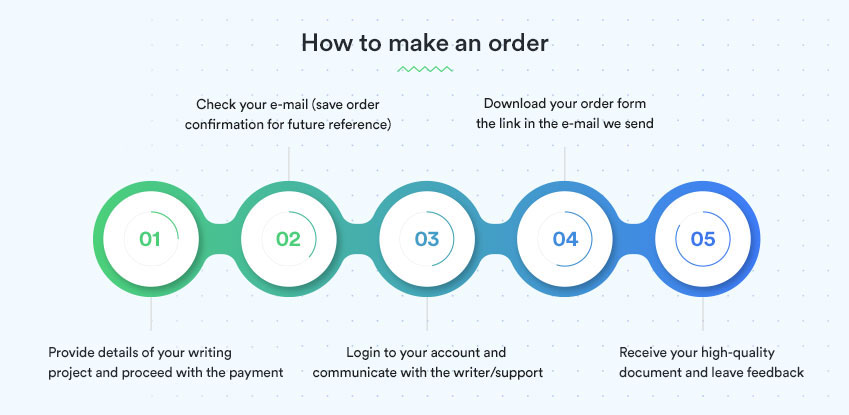Complete Guide on How to Write a Case Brief and How to Brief a Case
A case brief is a document presenting the court opinion about a specific case. It provides the fundamental points of the decision. Essentially, it is the so-called rephrased version of the very brief. In the course of paraphrasing, when preparing your own brief, you will be able to understand the case better since you will need to read all the reference material attentively to find the chief points of the case. Remember not to copy the text from the document since you may get into trouble. This is a short explanation about how to brief a case. Read the details in our case brief writing help.
How to Write a Case Brief: Determining the Purpose
- A case brief is a quick way of evoking the memory of the facts related to the case.
- A case brief helps identify the law principles the case is based on.
- A case brief is useful for examining a specific field of law. It provides a short case summary highlighting the key points and aspects of the case.
The IRAC method is widely used for preparing case briefs. There are also other formats applied to arranging case briefs that slightly differ from the mentioned one. No matter the format, the following items have to be covered in a case brief:
- Citation of the case in the Bluebook mod
- Evidence of the case (if needed)
- Issue in the question form
- Rules of the court
- Application
- Concluding part
General Citation
The organization mode of the case citation depends on such items as jurisdiction, kind of case, the court and other factors.
In briefs, legal memoranda and motions, a full name of the case is either italicized or underlined. When it goes about academic legal writing, full names of cases are neither italicized nor underlined.
How to Brief a Case with the Help of the “IRAC” Method
In the course of briefing a case, you are supposed to convert a large amount of data provided in a case into the format which you will be able to use at classes. By “briefing” the case you will be able to define the issue, the legal regulations used by the court, the way those regulations are used in terms of facts, and the output. Thus, you will be able to not only make a thorough analysis of the case but also compare it with other similar cases.
Before briefing the case, you should read it attentively.
Apply the “IRAC” method when briefing cases:
Facts*
Produce a concise case summary of the facts. Remove the data that are irrelevant to the court analysis. For instance, the address of the business that sold someone a damaged product has nothing to do with the decision of the court. Nevertheless, imagine that a consumer who has been attacked after leaving a store is suing it.
The client states that their injuries were the predictable consequences of the store failure to provide police patrols. If the store is located in the safe neighborhood, then it can argue that their failure to provide police patrols is justified. In case the store is located in the criminal area, the customer is probably right. Instead of providing the address in the case brief, you may just describe the neighborhood which the business is located in.
Procedure History*
It is necessary to determine the court that made the decision. Note, the court and the year are presented under the case title. If the decision was made by a trial court, it is necessary to detect whether it is based on a motion for summary judgement, trial, etc. If the decision was made by the appellate court, it is necessary to find out how the case was resolved by the lower courts.
*This is applicable solely to case briefs, not examinations. When dealing with exams, the “IRAC” method is to be used.
Issue
What question is highlighted in the court? In the majority of cases, only one issue is discussed. Nonetheless, sometimes, the number of discussed points may be larger. What are the issues which parties are arguing about? What decision do they want the court to arrive at?
For example, if to talk about the attacked customer, the court may need to examine whether the store was supposed to provide its customers with police patrols. The response to the posed question will help detect whether the store is responsible for the failure to provide police patrols. Two major issues relating to negligence claims are whether a defendant owns a duty of care to a plaintiff and what exactly that duty of care is.
Rules
Identify what rules the court refers to when making a decision. These rules will be discussed by the court. For instance, when talking about the attacked customer, the respective rule of law definition is the duty of the business owner to prevent damage to customers is identified by comparing the predictability of damage and the burden of preventative measures. It should be noted that there may be more than one rule of law pertinent to the case. For example, if to talk about the negligence case, where the defendant claims that the plaintiff accepts the risk of damage, such items as the components of negligence and the notion of “risk assumption” could be considered pertinent rules of law. The rule of law cannot be narrowed to the cause of action only: What rule has to be applied by the court to detect the output?
Application/Analysis
This may be the most essential part of a brief and it is important to learn more about it to know how to brief a case. The facts have been examined and probably all points relating to the case have been taken into account. To predict the outcome of the cases highlighting similar issues, it is necessary to realize how the court applies the rule to the arguments/facts and examines the case.



What facts does the court regard relevant in terms of the rule of law? How is the rule interpreted? Does the court state that businesses locating in dangerous areas have to spend more money on security? Avoid repeating the analysis of the facts performed by the court. Instead, explain what it means to you. If you do not understand some terms, need a precise brief definition, etc., use a dictionary.
Conclusion
What was the final output of the examined case? Highlight the court’s finding in a few sentences. For example, the store was not supposed to provide the customer with security patrols.
In order to learn how to write a case brief, you need to master your skills constantly. From time to time, case briefs may be gathered for feedback.
How to Write a Legal Brief
- Read the case at least twice.
- Determine facts.
- Pick the most suitable format.
- Produce an outline not to miss any points.
- Highlight each aspect of your paper clearly.
- Include a concurring opinion in your work.
- Mind the reference style.
- Edit your paper.
- Read your work again in a couple of days.
- Detect how the case relates to other similar cases.
- State whether you agree or disagree with the court’s decision.
When dealing with case briefs, we get an opportunity to understand law principles better. It is believed that one will be able to think like a lawyer when reading a large number of cases and it is definitely true as it is known that practice makes perfect. When dealing with different kinds of cases, you will be able to understand the specifics of the legal process, how the majority opinion is formed and why a specific decision has been made by the court. When working on cases, you will get a clear understanding of what to do when litigating a specific point.






